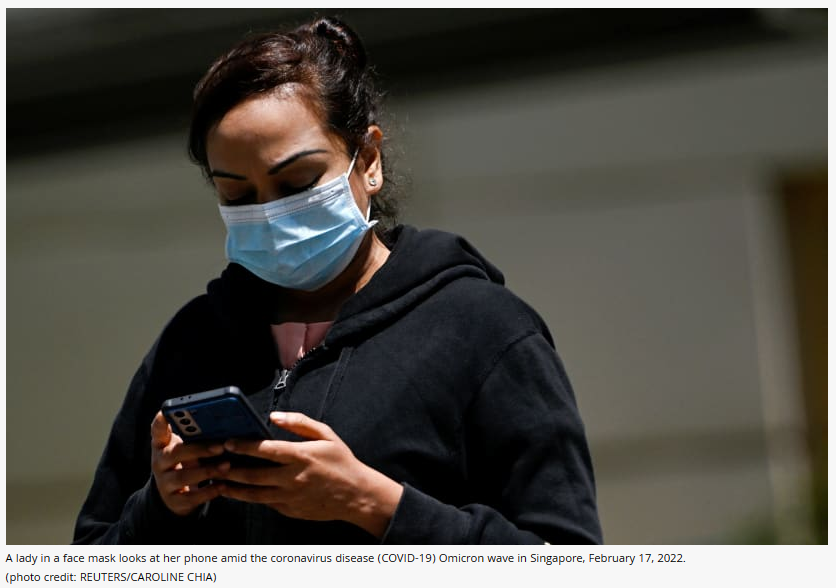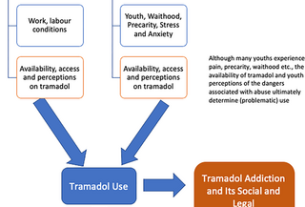After the first Omicron wave, many of the risks of Covid infection changed. Before February 2022, wearing face masks and being over 70 were credited with a reduced risk of being infected by others – but not after that, according to a new study at the University of East Anglia (UEA) in Norwich, the UK.
‘Not particularly surprising’
Co-author Dr. Julii Brainard said: “This isn’t totally surprising because laboratory evidence suggests that the Omicron variant was better able to infect the cells lining the upper respiratory tract than previous variants, and so be more transmissible. “Management of infection risk needs to be agile, adapting to epidemic development and better-quality information when it emerges. To prevent infections, we need to have a good view of which factors might be most or least relevant. If those factors can change, we need to be alert to that happening.”
The team published the study in the journal PLOS titled “Changing risk factors for developing SARS-CoV-2 infection from Delta to Omicron.”
In November 2021, always wearing face masks at work, school, or in enclosed spaces was connected with a reduced risk of being infected in both adults and children, but after the first Omicron wave, it was not. Living in a house with five or more people was a risk at the beginning, but by the end of the study period, people in larger households (four and above) had negligibly greater risk than people living in single-person households.


